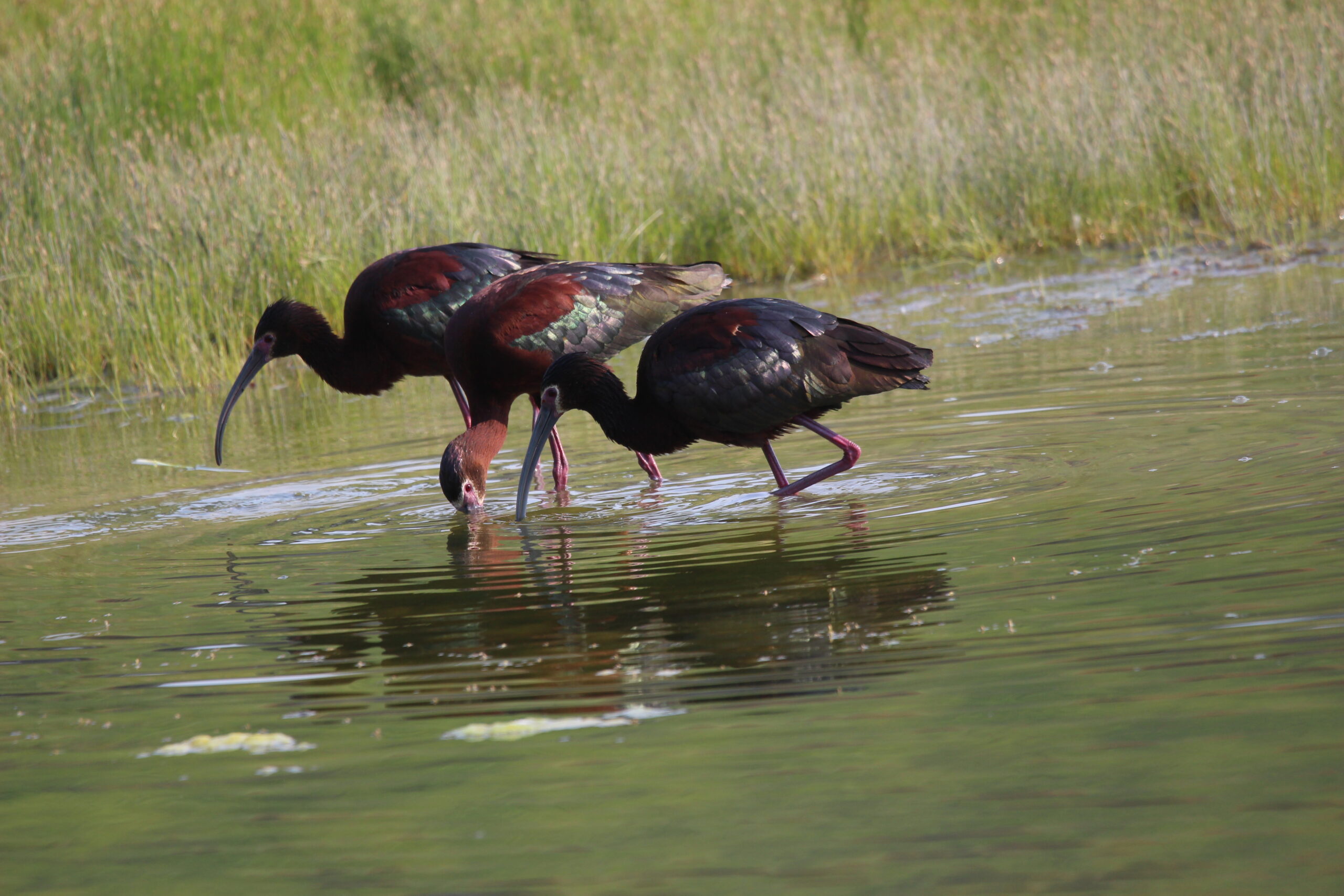It is hard to walk down the Australian aisle at your friendly neighbourhood booze merchant without seeing a wide variety of Wolf Blass labels, at a wide variety of price points and styles.
Indeed, it is hard to talk about Australian wine at all without mentioning Wolf Blass, long considered a powerhouse in the world of wines down under.
The eponymous winery was started in Australia’s famed Barossa Valley by a German immigrant named Wolfgang Blass way back in 1966, when he was the sole winemaker, cellar hand, and chief bottle washer.
Wolfgang Blass celebrated his 83rd birthday last month, and is still running the winery that bears his name, although I suspect he no longer takes care of the bottle washing himself.
The swinging sixties were a tumultuous decade in Australia, with consumer palates moving away from beer towards wine, a rising tide that the fledgling Wolf Blass Winery rode all the way to the bank.
As is so common in the booze industry, profitable brands tend to get acquired and consolidated into international conglomerates, and Wolf Blass is no exception.
Although Wolf Blass remained independent for 25 years, it went through several mergers and acquisitions in the nineties and noughties, and is now part of Treasury Wine Estates, an international conglomerate that controls most of the Australian wine industry, including erstwhile competitors Lindemans, Penfolds, and Rosemount.
Yet, no matter which Australian wine you pick up at your local bottle shop, odds are pretty good that they are all owned by the same megacorp.
Fortunately, Wolf Blass wines have largely been left to their own devices, and have continued to make the stunningly good wines that they have been known for over the past fifty years.
They must be doing something right, as Australia is the fifth-largest wine producer in the world, trailing only the old-world holy trinity of Italy / France / Spain, and the gigantic new-world juggernaut known as California.
Australia now produces over a billion litres of wine each year, half of which is consumed domestically, and the rest sold on the international market.
While Wolf Blass produces a wide variety of wines, the empire was built on the Shiraz and Cabernet Sauvignon grapes, which continue to be the most popular to this very day.
While most of the noble grape varietals from Europe can be grown in Australia’s hot and dry climate, Shiraz is the grape that has become synonymous with Australian wine.
To make things confusing, the grape is called Syrah in old-world wine regions like France, but is commonly called Shiraz by new-world producers like Australia and Canada.
Differences in terroir between the original Syrah plantings in France and the Shiraz vines in Australia account for noticeable differences in wines from these two regions, even though the grapes are the same.
French Syrah tends to have a more elegant and subtle flavor with a smoky dried fruit finish. Aussie Shiraz has a higher alcohol content, and is much more fruit-forward, with jammy flavors of fresh berries and a peppery aftertaste.
The new-world flavor of the Aussie Shiraz tends to be more approachable to new wine drinkers, much to the chagrin of the snooty French sommeliers who see the less elegant flavors as an affront to their long history with the varietal.
Wolf Blass wines are available at different price points, all easily discerned by the different colors on the labels, which was considered revolutionary back in the swinging sixties.
The Wolf Blass Red Label wines are the entry level, at bargain-basement prices of $12-$15, which makes them very popular with novice boozers.
The most popular tier is the Wolf Blass Yellow Label, priced in the $15-$20 range, which tends to be most popular price point here in Canada.
The labels start increasing rapidly in price from here, with Gold Label around $25, Gray Label around $40, Black Label around $100, and the top-tier Platinum Label commanding prices at $120 and up.
The biggest differences in each price tier will be the quality of the grapes and the amount of time they spend aging in oak barrels. I tend to gravitate towards the Yellow Label for everyday drinking, but occasionally pick up a Gray Label for special occasions.
You can find Wolf Blass at your local bottle shop, and usually by the glass at mid-tier restaurants, so give one a try today!



